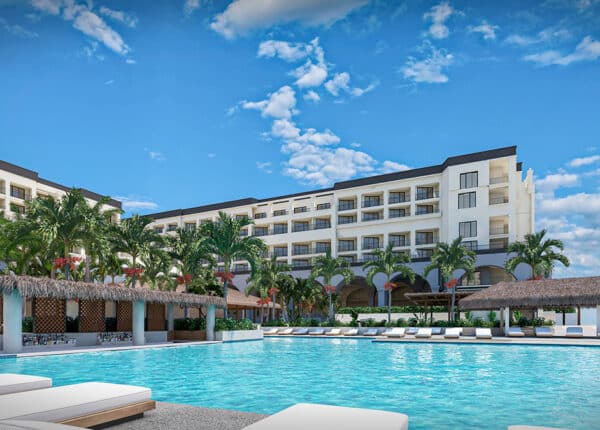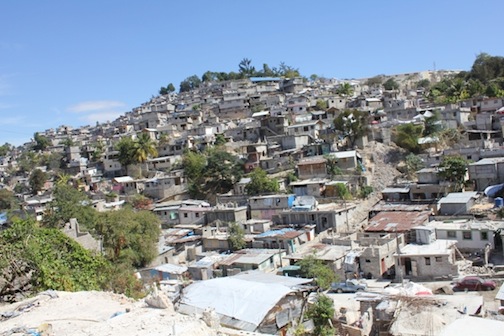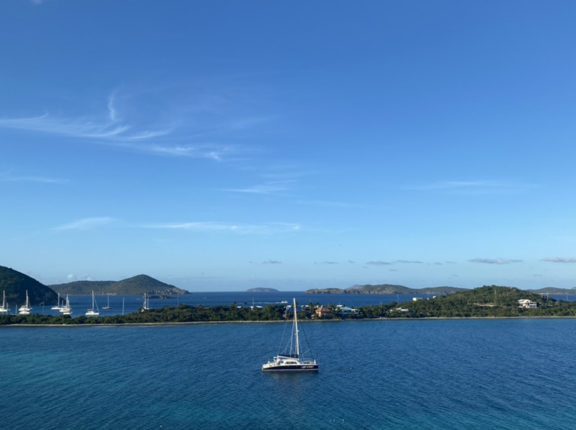In Haiti’s Villa Rosa, Building Back May Not Prove to Be Better
Above: Villa Rosa (Photo: Kendi Zidor)
SEVERELY DAMAGED DURING HAITI’S 2010 EARTHQUAKE, the metropolitan area known as Villa Rosa is a striking example of what has gone wrong with reconstruction. The absence of a government presence is as noticeable as the crumbled remains of the homes that once dotted the hillside. The result is that reconstruction is replicating the same conditions that left this community in ruins. With support from the Fund for Investigative Journalism in Haiti, Kendi Zidor reports.
By Kendi Zidor
Nicolas Joazard has always lived in the neighborhood of Villa Rosa, a shanty town on one of the hillsides that dominate Haiti’s capital, Port-au-Prince.
Like many of his neighbours, this 60-year old lost his modest house in the Jan. 12, 2010 earthquake. After two years of struggling, however, he has successfully rebuilt it.
The only problem with Joazard’s accomplishment is that he’s rebuilt his new brick dwelling on the same slope, and on top of the same soil, that contributed to the collapse of his prior home.
Joazard felt he had no choice. Long ago, he stopped believing in “Build Back Better,” the phrase coined by former President Bill Clinton which has been adopted and repeated far too often by the Haitian government.
“They are empty words floating in the air,” Joazard mutters. “At the rate things are going, the situation won’t change for another 50 years.”
Joazard has yet to see a single state employee visit Villa Rosa to assist the thousands of men, women and children who lost everything in the quake.
“No one visited us, so people have built as they see fit,” Joazard says. “Left on my own, I had to rebuild on this land, even if we all know that it is dangerous.”
Dangerous, in part, because of the soil.
“Haitians call it ‘tif’ grounds, because of its apparent similarities with disaggregated pieces of limestone rock,” says geologist Lee Stanley Boyer, who specializes in mines. He went on to explain that this colluvium – loose rock and soil at the base of the steep slope – looks like volcanic rock called “tuff,” but there is no relationship between the two.
“In other words,” he said, “a very poor soil.”
A view of the cluttered hillside, visible from the road that connects downtown Port-au-Prince to uptown Petionville, reflects the chaos that characterizes Villa Rosa.
The same anarchic system that defined it before the quake still exists, only now the neighbourhood is additionally clogged with dump trucks that transport earthquake debris: sand, stones, iron bars.
Once removed, residents rebuild any which way, without authorization or safety measures. Most of the work is being done by “bòs mason’ – that is, self-taught tradesmen. Qualified engineers are as absent as the government.
The homes look as though they overlap. Foul odors drift up from the ravine and serve as a constant reminder of the danger of past floods which have swept away both homes and people.
“I had hoped that my neighbourhood would be redeveloped and that we would be done with these cramped corridors. It’s what the politicians who spoke about social housing promised after Jan. 12,” says Pierre Richard Mathurin, who was born and raised in Villa Rose. “Unfortunately, we are in the same position as we were before the quake. People build without any government supervision.”
There is some international presence, though. The United Nations Development Programme (UNDP) has targeted Villa Rose for its “Leve debri” project with funds from the Haiti Reconstruction Fund (HRC). The HRC is a repository for international aid to be used in conjunction with government approved proposals.
A liaison officer from the Port-au-Prince mayor’s office assigned to the UNDP project, Obenne Derisier, said nothing could be done to stop the earthquake victims from returning to their homes despite the significant danger.
“Unfortunately, we are in the same position as we were before the quake. People build without any government supervision.”
“The State is weak and the situation in these areas is very complicated,” Derisier said, as if to justify the authorities’ inaction. “There is not enough means to prevent lawless construction. You can go out in the morning and the land will be empty, but by the time you return in the evening there is a house.”
Afke Boostman, UNDP Director of Debris Management, sidestepped the concern about rebuilding. “We are only responsible for debris,” he said. “If you want to talk about reconstruction, talk to UN-Habitat. They are responsible for community planning.”
Representatives from UN-Habitat said only that they were holding focus groups concentrating on reconstruction for neighborhoods like Villa Rosa. When pushed for exact details about what the development plans were for reconstruction and protecting the rights of property owners, they were silent.
Gubert Saint-Fleury, relocation project manager for the Catholic Organization for Relief and Development (CORDAID), a Dutch non-governmental agency that specializes in emergencies, said it chose the most “secure” plots on which to build its more than 100 homes for Villa Rosa’s most vulnerable families. Larger homes – theirs are only 15 x 22 metres – weren’t possible because of the irregularity of the plots, but Saint-Fleury says they are earthquake and landslide resistant. They do not include bathrooms, another element that adds to the fragility of the environment as human waste leeches into the groundwater.
“Neighbourhood redevelopment work is still only at the thinking stage,” says Alfred Piard, Director of the Department of Public Works, Transport and Communication. “A map of the risk from each location is just being developed. “
In other words, more than two years after the destructive earthquake, the Haitian State has failed to even identify those areas that are most at risk.
In March 2010, the Haitian government demanded that all projects be submitted and approved by the now-defunct Haiti Interim Reconstruction Commission, which began operating in June 2010. Money for the projects went into the HRF, which was set up three months earlier.
“Of the $396 million mobilized by the international community, $275 million has been allocated to 17 projects approved by the HRC,” said Josef Leitmann, HRF manager. “Since there is no longer a HRC, things now go through the Prime Minister. We currently have a balance of more than $100 million in cash, but have not received any request for funding since last August.”
“The money is to finance reconstruction, but there is no formal proposal from the Haitian government,” said Josef Leitmann. Without that, his hands are tied. “In the meantime, funds remain in the bank and are not being allocated in the citizens’ interests. This is nothing to be proud of.”
Meanwhile, about half of the 10 million cubic meters of rubble remains uncollected. In the spots where it has been removed, such as Villa Rosa, safety measures to ensure rebuilding doesn’t recreate the same dangers seem to be sorely lacking.
The preceding was published with the permission of the Fund for Investigative Journalism in Haiti, which made this article possible.







